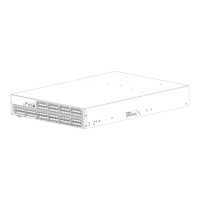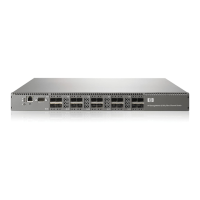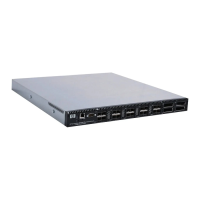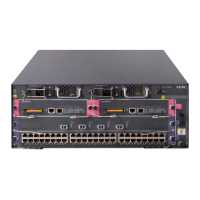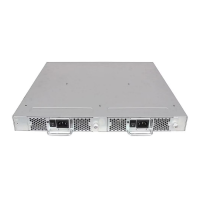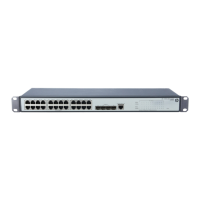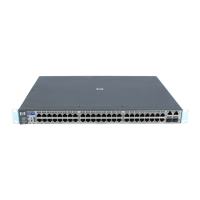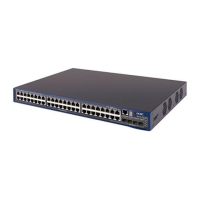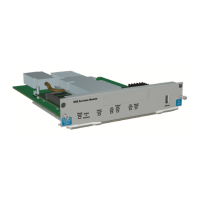B Electrostatic disc harge
This appendix provides the following information:
•
How to prevent electrostatic discharge, page 81
•
Grounding methods,page81
How to prevent electrostatic discharge
To prevent damage to the system, you must follow certain precautions when setting up the system or
handling par ts. A d ischarge of static electricity from a finger or other conductor may damage system
boards or other static-sensitive devices. This type of damage may reduce the life expectancy of the device.
To prevent electrostatic damage, observe the following precautions:
• Avoid hand contact by transporting and storing products in static-safe containers.
• Keep electr
ostatic-sensitive parts in their containers until they arrive at static-free workstations.
• Place parts on a grounded s urface before removing them from their containers.
• Avoid touching pins, leads, or circuitry.
• Always mak
e sure you are properly g rounded when touching a static-sensitive component or
assembly.
Grounding methods
There are several methods for grounding. Use one or more of the following methods when handling or
installing electrostatic-sensitive parts:
• Use a wrist strap connected by a gr ound cord to a grounded workstation or chassis. Wrist straps
are flexible straps with a minimum of 1 megohm ± 10 percent resistance in the ground cords. To
provide proper ground, wear the strap snug against the skin.
• Use heel straps, toe straps, or boot straps at standing workstations. Wear the straps on both feet
when standing on conductive floors or static-dissipating floor mats.
• Use conductiv e field service tools.
• Use a portable field service kit with a folding static-dissipating work m at.
If you do not have any of the suggested equipment for proper grounding, have an HP authorized
reseller install the part.
NOTE:
For more information on static electricity, or for assistance with product installation, c ontact your
HP authorized reseller.
8Gb SAN Switch hardware reference manual
81

